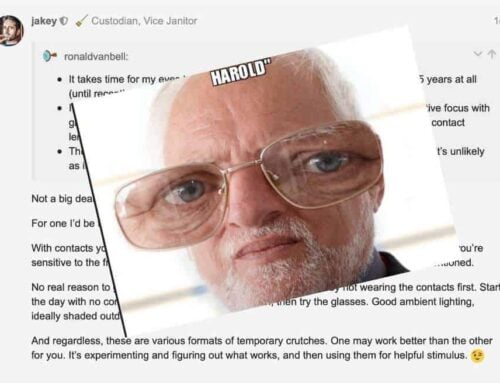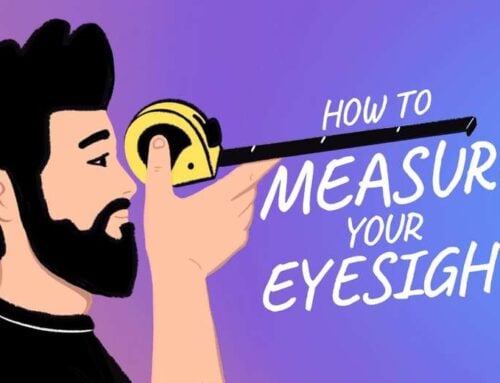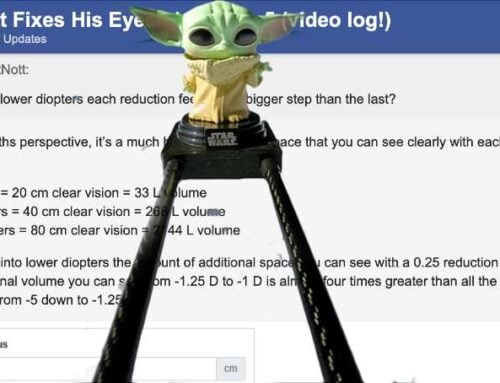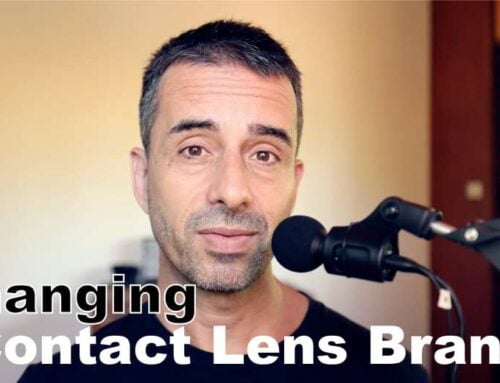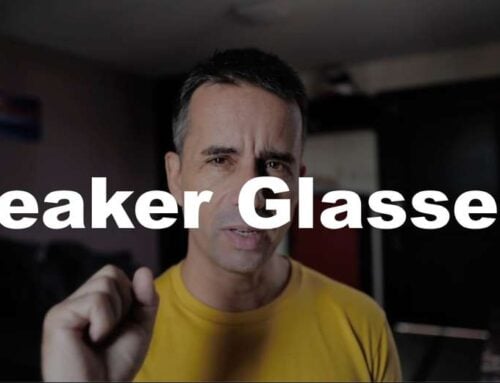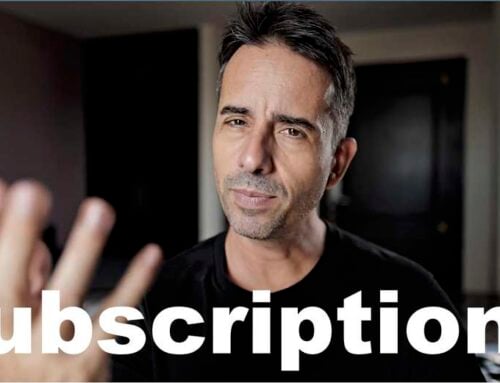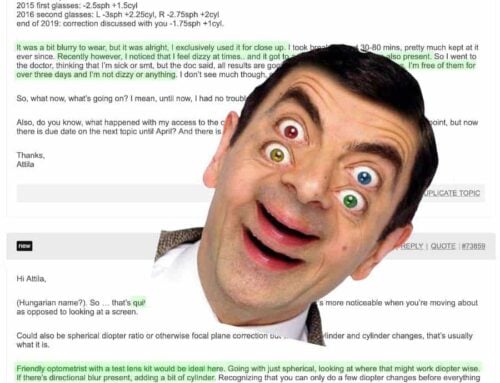James posts in the forum:
![]() I’m back. Had an eye test today.
I’m back. Had an eye test today.
Firstly, I’m amazed. I went to Specsavers (the standard high-street opticians in the UK) and the optometrist was fully supportive of myopia reduction and even said there’re a lot of scientific studies now supporting it (whereas in the past I’d always been told science says it’s not possible). She understood the idea of focus pulling and the blur horizon, and doing regular Snellen tests, and realised that the test she gave me was very artificial compared to real life, etc. She said she’d be happy to reduce my prescription as much as I wanted (as long as it was legal to drive with etc), and was happy to let me to try a few to see what I found best for my needs. Big thumbs up!!”
—
Might be a one-off experience, but it’s worth a shot. If you’re in the UK, try Specsavers and report your findings.
It’s basically an ideal scenario if you can find it. A local optometrist who actually supports less-than-eyeball-searing prescription strengths. You can plop down in the chair, lean back, and get an actual usable pair of glasses. (for improving your eyesight)
Here’s more from James:
![]() My old prescription:
My old prescription:
Right: Sph -6.00 Cyl +1.00 Axis 110.0
Left: Sph -6.50 Cyl +1.50 Axis 90.0
The prescription I bought and have been wearing:
Right: Sph -5.75 Cyl +1.00 Axis 110.0
Left: Sph -6.25 Cyl +1.50 Axis 90.0
Initially we found the “full” prescription (i.e. strongest), then reduced it in steps (I didn’t think to ask exactly how she did this, I was still excited she was helping the process). We agreed on two steps lower than perfect, where I could read 20/30 (with slight blur) and not fully make out 20/20 (I could read 20/20 easily with one step down, so we felt that was too strong for a normalised prescription).
So todays prescription:
Right: Sph -4.75 Cyl -0.75 Axis 10.0
Left: Sph -4.50 Cyl -1.25 Axis 5.0
Yes, that’s dramatically different. Both sph and cyl reduced, sph greatly so! I realise this isn’t 20/20 but even the “full” would have been lower than before. I haven’t got these glasses yet (the shop is still expensive so I’m gonna look around) but will buy them asap.”
—
Support the shop that actually gives you these things.
Otherwise, that’s exactly how we end up living in a world filled with Walmarts and franchise stores and lowest-common-denominator medical-style advice. (I know, Specsavers. Franchise store.)
If you prefer not to spend the money, DYI. Use the blog here and figure it out yourself. But if you take up the professional’s time, make sure they get paid. Otherwise they’ll go hungry for a while and then find something to do that pays the bills. Like sell you huge-prescription glasses.
James has questions, too:
![]() Question 1: Why was my old prescription cyl +ve and this cyl -ve? When I Googled it says +ve is for long-sightedness and -ve is for short-sightedness (i.e. I should be negative, like it was this time). Is this correct? Furthermore, is it still correct to say without astigmatism correction my myopia would be sph minus cyl, i.e. -4 and -3.25? That’s what I was told before but those seem very low values.
Question 1: Why was my old prescription cyl +ve and this cyl -ve? When I Googled it says +ve is for long-sightedness and -ve is for short-sightedness (i.e. I should be negative, like it was this time). Is this correct? Furthermore, is it still correct to say without astigmatism correction my myopia would be sph minus cyl, i.e. -4 and -3.25? That’s what I was told before but those seem very low values.
Question 2: BVD is 10.00. Is this important?
On the topic of floaters, she found the a fairly large (well, long – it’s like a lil shooting star or something haha) one in my right eye, the one I’m aware of. She said it’s at the bottom of my eye and not attached to anything so it’s not an issue, but to keep an eye on any new ones (as always).
Final thing: She believes it’s a good idea to *always* wear sunglasses when outside to avoid eye damage. What are you views on this? I’m more of the idea that regular, controlled sun exposure should build a tolerance – much like having a bit of a tan vs being pasty white and covered in suncream.”
—
Here’s what I suggest on the sunglasses topic:
Sunglasses: Not the cheap kind. (i.e. dollar sunglasses) In general, on water, in snow, always. Lots of UV light reflected there.
Otherwise, in shaded outdoor, it’s great to get some time without any lenses. In my opinion most of us are UV deficient, especially white collar workers in the northern hemisphere. All glass basically blocks UV, so whether it’s at home or in a car or in the office, you get almost zero UV. And you definitely want to get *some*.
Head over to the forum for the full thread.
Cheers,
– Jake





